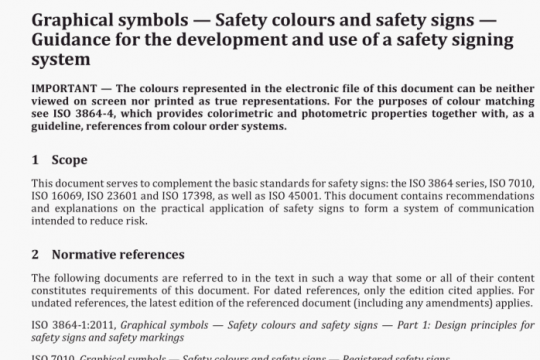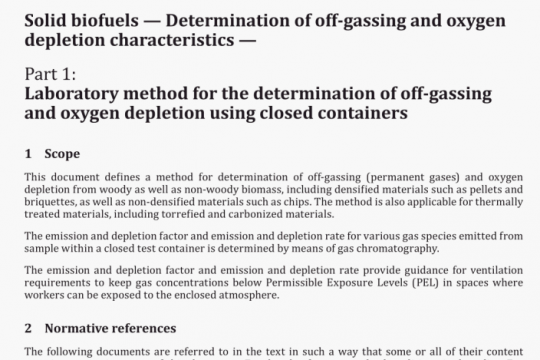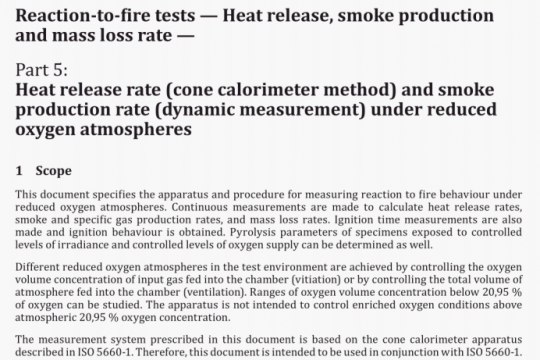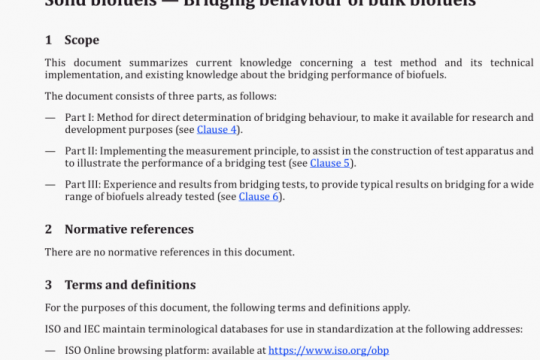ISO 22190 pdf free download
ISO 22190-2020 pdf free download.Soil quality一Use of extracts for the assessment of bioavailability of trace elements in soils.
The subdivision in terms of dissolved/actual and potential bioavailabtlity is important, because it broadens the role of the pore water. llioavailable is not only the amount in the pore water, but may include the amount that desorbs during the time an organism is in contact with the soil. Regarding the organisms a “bio-influenced” zone could be deuinedl3l. This zone comprises the pore water and depcnding on the organism, parts of the soil matrix. ConseqLlently, the available amount may have different values. Thus, there could be numerous bioavailabilities depending on the type of target organisms and time scale and, in turn, there could be numerous specific definitions (operational definition).
The bioavailability of trace elements for several organisms (flora and fauna) is regulated by the
concentration and the speciation of trace elements in the water phase and the solid phase of soil
(environmental availability). From a chemical point of view, this concentration can be expressed as
(see ISO 17402):
a) The dissolved concentration and its chemical speciation at ambient conditions, which can be characterised as
1) Free ion (activity);
2) Total concentration dissolved, including inorganic and organic complexes.
b) The amount bound to the soil solid-phase that can re-supply the dissolved concentration when the latter is depleted during repetitive and ongoing uptake processes by organisms, for example the maximum amount that can be released under (predefined) worst-case conditions.
It is noteworthy that this document suggests methods, i.e. soil extracts, based on an equilibrium approach. Indeed, the time course of the different extraction methods is usually long enough to reach the equilibrium between trace elements in the soil solid-phase and the water phase. Consequently, these methods are only suitable for the assessment of the environmental bioavailability when this is driven by soil equilibria rather than by kinetic constraints (non-equilibrium approach).
4.1.2 Neutral extracts for measurement of actual availability (ISO 2 1268-1)
For regulatory purposes simple and cheap methods are required and a simple extraction that simulates the pore water quality is desirable. A neutral aqueous solution (i.e., limiting changes of the soil pH during extraction as much as possible) can be used for this purpose. The concentration of trace element measured in a neutral extract is assumed to reflect the concentration in the pore water [as well as ionic strength, temperature, pH, DOC (Dissolved Organic Carbon)j. These properties may show a variation during the year and can be influenced by external factors (e.g., rain, drought, addition of manure). Extraction of a soil sample with demineralised water may have impact on the soil. For the purpose of estimating the actual availability of trace elements, it is desirable to reduce the influence of external factors and to obtain data that are more independent of the time of sampling. Extraction procedures have been developed using aqueous solutions containing a fixed concentration of a specific salt (neutral extract) in order to simulate the soil pore water.
The stronger the extract (high ionic strength), the higher the amount of trace element released from the soil solid phase. On the other hand, the concentration of extracted DOC is also dependent on the choice of the neutral extract especially the concentration of divalent cations (Ca2) affects DOC. The ratio soil/ extract also affects the DOC concentrationl4l. With a higher amount of DOC extracted, a higher amount of extracted trace elements can be expected, especially trace elements with a high affinity for binding to DOC (e.g. Cu, Pb, Cr).
Originally 0,01 mol/l CaCI2 has been applied as neutral extractant. For several soils this methods reflects the pore water concentrationLILll2JI11i. A concentration of 0,01 mol/l CaCl2 is often higher than can be measured in the pore water and consequently 0,01 mol/l CaCl2 can reduce DOC below concentrations in actual pore water, thereby having an effect on the amount of trace elements dissolved1911101. In this document, the 0,001 mol/l CaCI2 extract (ISO 21268-1) is adopted as the currently most suitable soil extraction method, enabling an estimation of trace element concentration in the water phase with a result close to the actual pore water concentration. Results from this extraction can also be used in geochemical modelling of specific bioavailable trace element species in subsequent tiers of the risk assessment, as indicated in 42.
Although the 0,001 mol/l CaCI2 extraction is adopted in this document as a general procedure to simulate the pore water concentration of trace elements, other neutral solutions have been shown to be suitable for specific purposes (see AnnexA).ISO 22190 pdf download.




